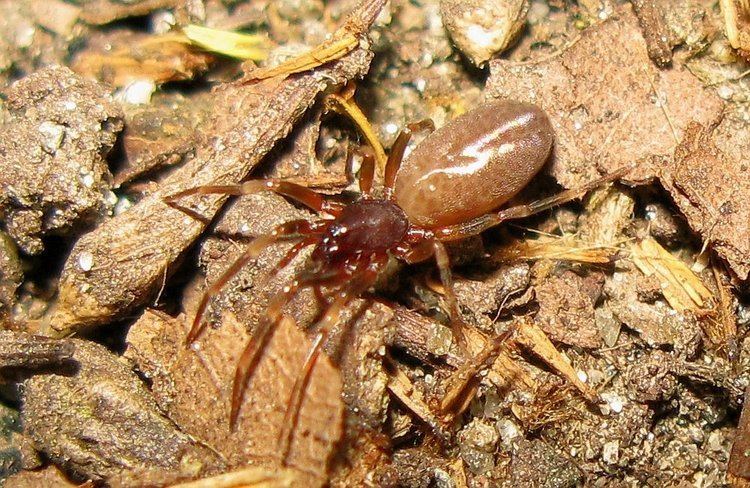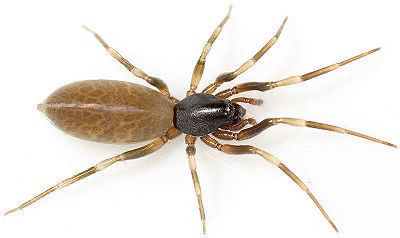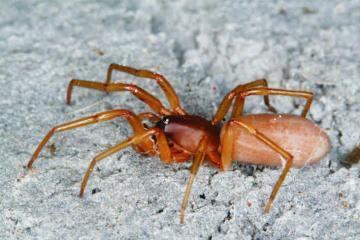Family Dysderidae Scientific name Harpactea | Subfamily Harpacteinae Higher classification Dysderidae | |
 | ||
Similar Dysderidae, Harpactea rubicunda, Harpactea sadistica, Dysdera, Dysdera erythrina | ||
Harpactea sadistica mating
Harpactea is a genus of spiders from the family Dysderidae, with more than 150 described species.
Contents
Harpactea species are non-web building predators that forage on the ground and on tree trunks at night, mainly in xerothermic forests. At day, they hide in silk retreats they build under rocks or bark.

Description

Like all species in the family Dysderidae, Harpactea has six eyes. The type species, H. hombergi, is very similar in both sexes and reaches a body length of about 6 mm. The female has no epigyne.
Habits

As opposed to the related genus Dysdera, where at least some species specialize on hunting woodlice, most Harpactea feed on insects. At least H. rubicunda also hunts other spiders, for example Drassodes. Like most Dysderidae, all members of this genus are nocturnal.

H. sadistica, first described in 2008, was found to directly insert its sperm into the body cavity of females, using specialized organs acting like a hypodermic needle. This behavior, known as traumatic insemination, is known from other arthropods, but has never been observed in spiders.
Distribution

The distribution of the genus ranges from Europe and Northern Africa to Turkmenistan and Iran. Almost all species appear to be endemic to small regions of the Mediterranean.

However, H. hombergi is rather widespread, reaching from the United Kingdom to the Ukraine. It is the only member of its genus that occurs in Britain.
